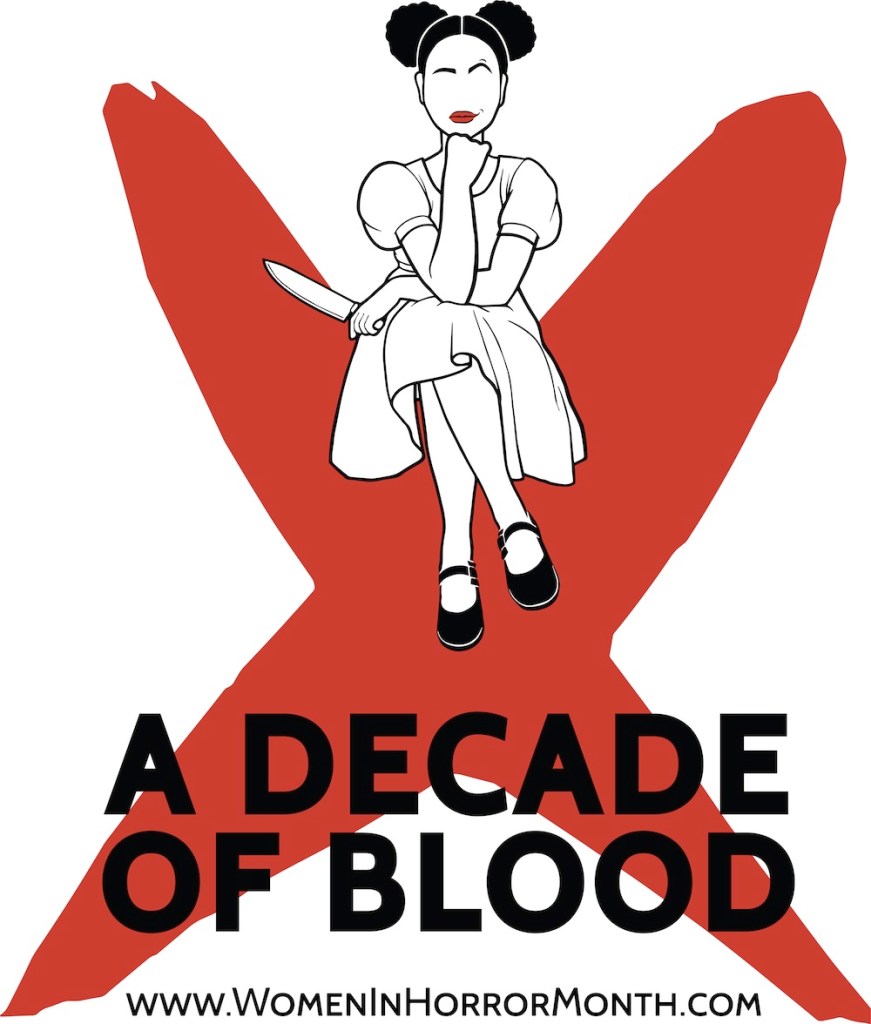READING:
The Searching Dead, Ramsey Campbell
First in a trilogy, I’m working my way through. More of a slower pace than many modern day novels plus the protagonist is a teenager, unusual in a horror story, though some may like to call this more supernatural than horror. It’s certainly not horrific, more creepy with some touches of sadness — the older generations do not seem to fair well, from Mrs Norris missing her deceased husband, to Mr Noble’s father and his dark memories of war. While I would have liked to discover more about the strange haunting presences (can’t say more without giving too much away), this is the foundation for a hoped-for deeper story. The setting makes for a nostalgic read, both good and bad, and I particularly felt the helplessness of being young and having no one believe or even listen to fears unfounded or otherwise.
Born to the Dark, Ramsey Campbell
In the best sense, this book is an exercise in frustration. Carrying on the story begun in The Searching Dead but now several years in the future when the protagonist is now an adult encountering the strange Christian Noble again. The threat, now largely aimed at his son, Dom still cannot shake off the vexation of having no one believe him, least of all his wife. With more of an insight into the great overall peril, a deeper mystery dragging Dom and his family and his friends into an impossible darkness… I hope the third book in this trilogy has the payoff the series deserves.
The Way of the Worm, Ramsey Campbell
First, I have to draw attention to the cover on this one. The more one delves into the story, the more I realised how well suited the cover design is. The eyes grew creepier the more I progressed with the plot. Where the first of this trilogy portrayed the protagonist, Dominic Sheldrake, as a teenager, the second an adult, the third instalment enters his twilight years, which reflects the semidarkness that has plagued his life. His son is now an adult, but this only exacerbates both Dominic’s fears and the frustration the reader shares. The result convenes on a colossal scale and, if any parts of the tale come across as vague, or dreamlike, or illusory, this fits with the tale we’ve followed, the half-truths and semi-falsehoods Dominic continues to battle. This reads as a modern Lovecraftian tale of a warped universe and fragile dimensions of tenuous existence. Overall, I thoroughly enjoyed the disquieting subtle horror.
The Silence, Tim Lebbon
An excellent apocalyptic thriller, well plotted and disturbing, tugging the heartstrings in all the right places. The simple writing does nothing to reduce the tension but makes this accessible for most ages, from young adult to adult in part because the story is told by two main protagonists, father and daughter. The Netflix film based on the book does not do the book any justice.
WRITING:
Finished editing Cosmic but needs a lot more work if I’m ever to salvage it. Undecided as of this moment. Edited more shorter work.
You’d have to spare 10 minutes for this, but this video dealing with information for writers on promotion goes a long way to explain what it takes to be successful these days. Though aimed at self-publishing, the same applies to any writer.









